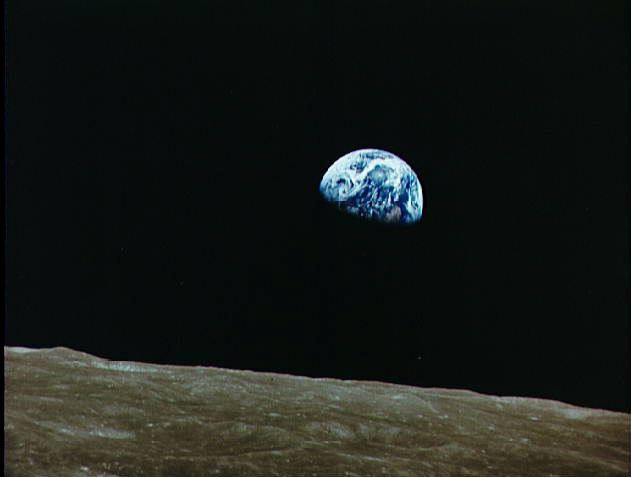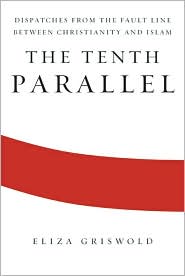My history book club met last night to discuss
To End All Wars: A Story of Loyalty and Rebellion, 1914-1918 by Adam Hochschild. The discussion triggered a link in my mind to my original training as an engineer, leading me to a new understanding of the cause of World War I. I will try to share that understanding if you bear with me. First I will tell you something about control theory, then I will provide a metaphor, then discuss the causes of the war in terms of that metaphor, and finally deal with how people tried to prevent future world wars.
Control Theory
Half a century ago as an engineering student I took a couple of courses on
control theory. The courses provided tools to assess under what conditions a complex system would operate stably and under what conditions it would become unstable.
Stability is achieved by measuring the current state of the system, projecting its future evolution, and providing corrective inputs to keep it on path. Instability occurs when it becomes impossible to provide those corrective inputs.
The tools can be applied to a proposed system design. The results can then be used to enable the engineer to tweak the system design to make it stable under desired conditions, or to set boundaries on operating conditions so that it never enters the unstable region.
Think About Automobiles
The driver controls a car using the gas and brake pedals and the steering wheel. Most of us can drive the family sedan safely through the streets as long as we stay under the posted speed limit.
A high performance race car is different. Much more powerful than the street car, it is capable of much higher speeds. The race car can accelerate faster and it can brake faster, its steering is far more sensitive. I suppose most of us could still manage to drive a race car around the track safely if we did so slowly. Were we to try to compete in a professional auto race we would soon over brake or under brake, accelerate too much or too little, over steer or under steer. We would lose control and crash.
The cadre of world class race drivers are special people, with great reflexes, well trained to racing. Their reflexes and training allow them (usually) to drive the course both very fast and safely.
The Cause of the War
There were military industrial complexes in the past. However, military industrial complexes had become far more powerful, capable of more destructive campaigns throughout the 19th century. Consider that of the British Empire . By 1910, the British government could call on troops not only from the British Isles, but also from India, Australia, New Zealand, Canada, South Africa and other colonies. It could use the telegraph to call them up quickly and could transport them with unprecedented speed by railroad and steam ship. It could equip them with artillery, machine guns, and repeating weapons, and supply them with food and ammunition in quantity in the field of battle.
It was not only the British Empire that had a powerful military industrial complex. So too did Germany, the Austro-Hungarian Empire, Russia, France, Italy, the Ottoman Empire, and the United States.
Individual states had been so threatened by the growth of the military industrial complexs of other states that they had developed complex systems of assistance treaties. If Serbia were attacked by the Austro-Hungarian Empire, Russia would have a treaty obligation to come to its support. If Russia attacked the Austro-Hungarians, Germany would have an obligation to war with Russia. France would then support Russia. When Germany attacked France through Belgium, the British Empire came to the aid of France and Belgium. And so it went, until two huge military industrial complexes were engaged in deadly combat -- each composed of the military forces of several empires and states and their combined industrial support.
How were these two multinational military industrial complexes controlled? We have to look to the political, economic and military institutions. The international institutions were weak, as shown by the fact that countries in some cases defected from their treaty obligations joining the other side. Most of the countries were ruled by monarchies supported by strongly hierarchical aristocracies. Thus the political institutions tended to put people in political power by institutionalized rights of inheritance rather than by seeking out the most able in the country and training them for power. Indeed, this was largely true of the military as well. Wealth was a path to political and military power as well as economic power. The result was that the European leaders in the second decade of the 20th century were incapable of fully understanding the situation that they faced, still less capable of projecting its evolution, and also incapable of providing the leadership necessary to introduce mid-course corrections.
During the previous century there had been many wars, but they had been relatively contained -- each involving few countries and/or limited fields of battle and/or relatively brief periods of actual conflict. In those circumstances the institutions proved adequate to contain the magnitude of the war and thus to prevent the wholesale slaughter and economic disaster that characterized World War I. Europeans were left with the incorrect perception that their institutions were sufficient to stably control the global military industrial complex.
Between the Napoleonic Wars and World War I, the control institutions sufficed to manage the less powerful military industrial complexes and avoid catastrophe, as most people manage their family autos to avoid crashing. World War I began when the vastly more powerful military industrial complexes proved unstable, transforming the assassination of an archduke by a single member of a splinter political group into a world war. The chain of events that occurred so fast and so poorly understood by the leaders of the two coalitions that those leaders proved unable to prevent the catastrophe.
The Aftermath
Shocked by the horror of the war, people made massive changes, many in an effort to prevent any future world war. The monarchies of Russia, Germany, the Ottoman Empire and the Austro-Hungarian Empire fell and were replaced by institutions intended to be more responsive to the needs of their peoples. Military forces were reduced by treaty. The Austro-Hungarian and Ottoman empires were broken up, territory was taken from Germany, and the industrial capacities of the losing countries were reduced by repatriations forced in the treaties ending the war (in theory reducing their ability to start new wars). The power of the aristocracies was greatly diminished. The League of Nations was created in an attempt to provide an international mechanism for mediation of disputes.
Unfortunately, within a quarter of a century these actions proved to be inadequate and World War II pitted two even larger multinational military industrial complexes against each other, killing many more people and proving even more destructive to peoples in many continents.
A Final Thought
I suppose that there is a lesson here that can be applied quite broadly. Modern history is characterized by the evolution of more powerful, bigger and more complex systems. Experience over years in which such a system is successfully controlled to achieve its human purposes does not guarantee that it will remain stable.
There is the old story of the man falling from the observation tower of the Empire State Building who was heard to say on passing the 10th floor on the way down, "so far, so good". The fact that there has not been a recent crash does not mean that the system is still under control.
Consider our financial systems. While they have evolved to manage more and more resources and provide more and more services, they have repeatedly escaped control. Indeed, we call the results of such escapes "crashes". We not only saw the stock market crash of 1929 and the crash that caused the Great Recession in 2007, but many other historical instances in which financial systems went unstable.
Perhaps environmental change is another such circumstance. It has been said that the history of mankind is written in shifting sands. That is, many societies in the past grew in their impact on their environment until that environment could no longer support their demands; eventually those societies crashed and their sites are marked today by desert or wilderness. Our population has grown, our technology had become more powerful, and our society has harnessed such power that mankind's footprint on this earth is now easily seen from space. The increasing global production of greenhouse gases is now changing the global climate and it seems clear that unless greenhouse gas production is controlled we will see catastrophe by the end of the century. Still some say, "so far, so good". And climate change is but one way in which mankind is damaging the environment.





























